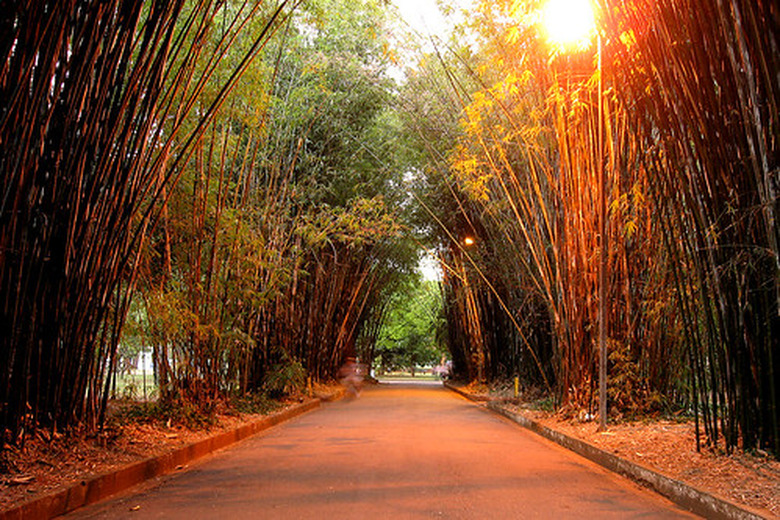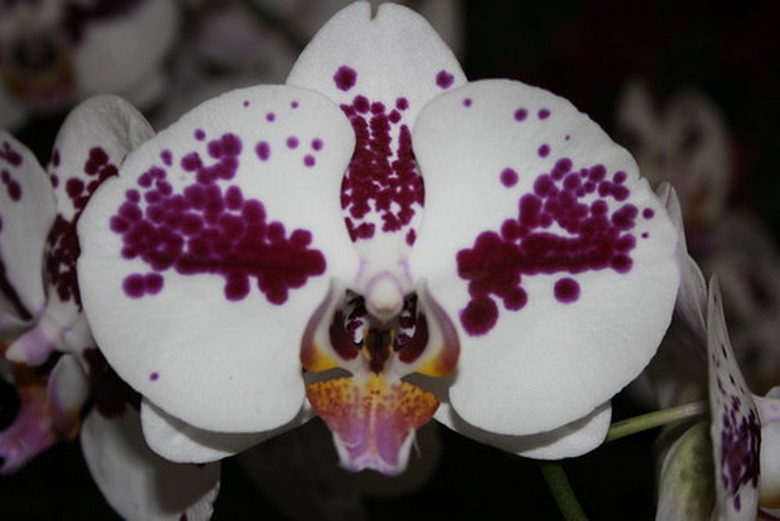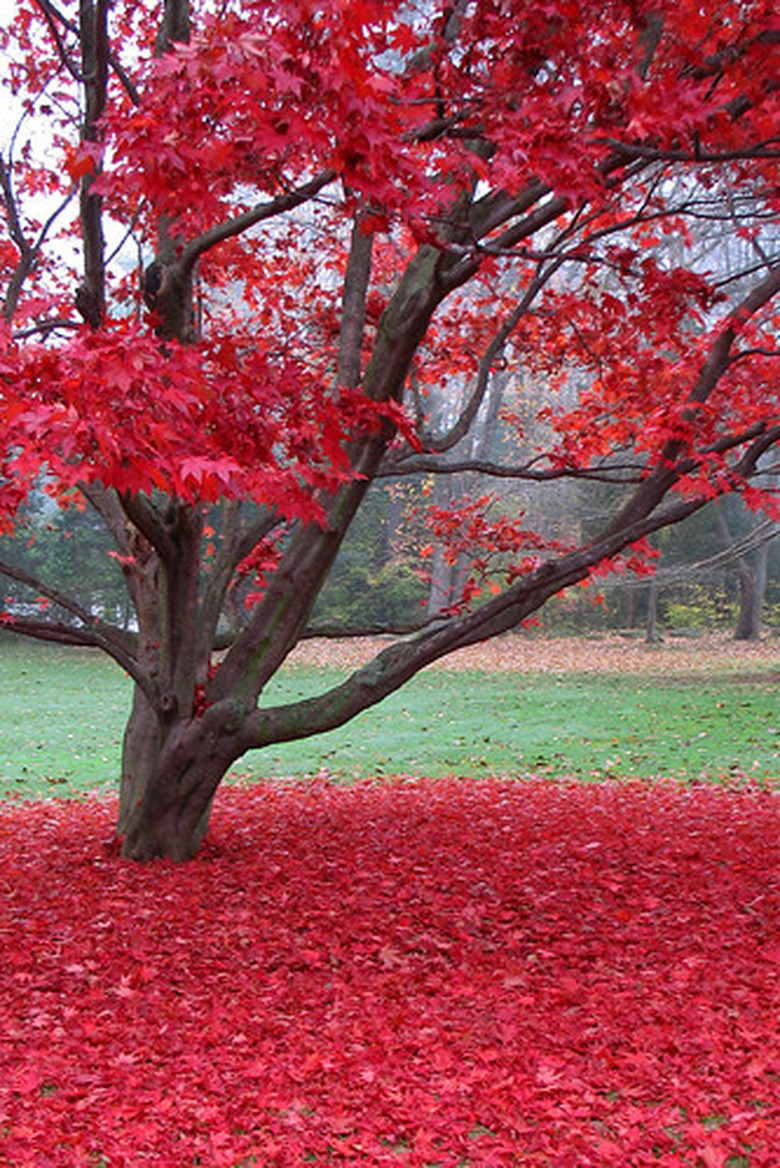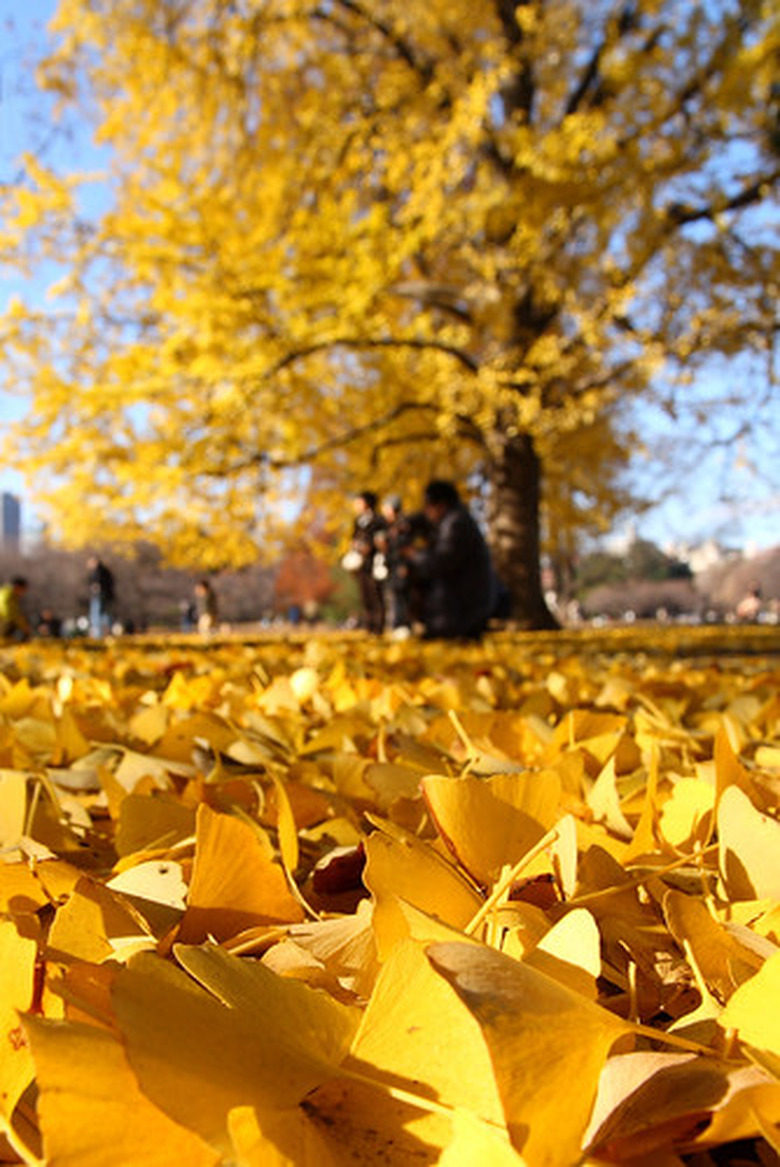Facts About Asian Plants
Central and western Asia, China, Japan and Korea have a rich, diverse plant life. Asian plants resemble many plants found in the Eastern United States. Plants play a large part in Asian culture, with most of them having been given a symbolic meaning. Asian plants are celebrated by special viewings, parties and dinners. They are used to decorate homes, places of business and temples. Asian plants are common motifs in Asian artwork, as well, frequently representing life and prosperity.
History
According to the United States National Arboretum, Asian plants resemble a number of species in the Eastern United States because of the Bering Sea land bridge that connected the two continents. Many species of plants were eliminated in Europe and North America 10,000-15,000 years ago as the Ice Age came to an end and glaciers moved across these continents. China, Japan and Korea escaped the effects of the glacier and maintained abundant, diverse plant life.
- Central and western Asia, China, Japan and Korea have a rich, diverse plant life.
- China, Japan and Korea escaped the effects of the glacier and maintained abundant, diverse plant life.
Geography
Central and western Asia is a mountainous region with a cold, dry climate. Plants from this area flower in the summer after spring rains. Spruce, hazelnuts and cherry-dogwoods are common plants from this area. China offers diverse climates, including mountainous and temperate rain forests. Many species of plants thought to be extinct have been discovered in China, such as the ginkgo tree. Japan is known for its cherry and maple trees; however, the Japanese archipelago offers a wide range of climates providing a vast number of plant species. Korea's climate is the closest to that of the eastern United States. It consists of temperate forests. Species of forsythias, evergreens and magnolia trees originated in this region.
- Central and western Asia is a mountainous region with a cold, dry climate.
- Species of forsythias, evergreens and magnolia trees originated in this region.
Types
The diversity of climates available throughout the region allows a wide variety of plants to grow: tropical, subtropical, deciduous, and evergreen. One of the most notable plants from the region is bamboo. Many varieties of flowering plants that are native to Asia are represented in home gardens in the United States, such as orchids, lilacs, magnolias and azaleas. Plum, cherry and pear trees originated in Asia.
Significance
Asia has thousands of species of plants throughout every region. Each region has its own meanings and symbolism attached to each plant. Asian plants provide a look into the past, several species of trees are remnants of the Earth's past. Ginkgo trees have been around for over 150 million years. The dawn redwood has been growing since the Mesozoic Era. Both trees were thought to have been extinct.
- The diversity of climates available throughout the region allows a wide variety of plants to grow: tropical, subtropical, deciduous, and evergreen.
Warning
Importing plants from Asia requires special permits and thorough inspection at the port of entry. Bamboo and several similar species have been deemed too invasive to allow further importation. Other species have been found to carry pathogens that devastate crops throughout the United States. Contact the United States Department of Agriculture, Animal and Plant Health Inspection Services for information regarding importing plants from Asia.



